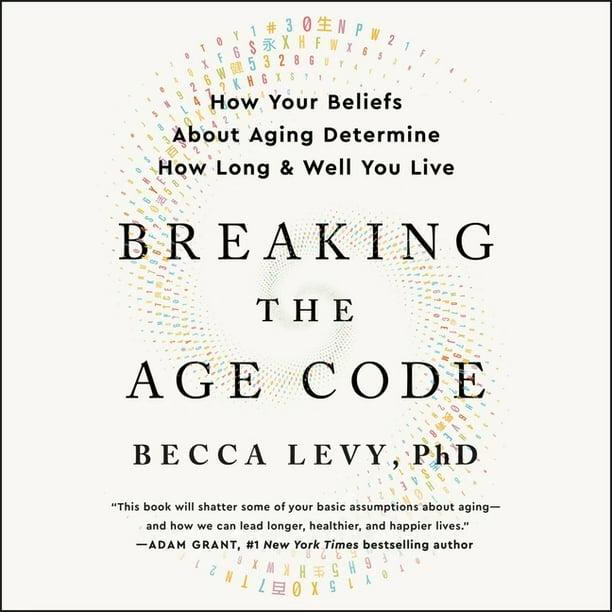Have You Heard? Direct-to-Consumer Sales of Over-the-Counter Hearing Aids
- Patricia Anstett
- Oct 7, 2022
- 3 min read
Get ready. An advertising blitz timed to hit when new federal changes go into effect will promote the greatly expanded number of retail and internet sites selling over-the-counter hearing devices directly to consumers for as little as $89 a pair.
The ads promise: “Hassle-free; lowest price on the market.” Then, “Invisible hearing aids” will “transform your hearing,’’another company claims. “Ridiculously advanced; ridiculously affordable; financing available,” another ad on Facebook/Meta claims. Click here for a free hearing aid trial, another promises.
This new category of over-the-counter personal sound amplification devices, as the federal Food and Drug Administration classifies them, is for people with mild to moderate hearing loss. You don’t need to see a hearing professional to purchase one. The Hearing Loss Association of America said in a statement that the products will “facilitate increased competition, enhance quality and improve transparency’’ of amplification devices that have been sold online for the last five or more years. By October, many more retail stores and online sites will offer them.
Federal officials estimate $2,800 in savings for the average consumer. Standard hearing aids require patients to visit a hearing professional and can cost at least $3,000 to $4,000 and possibly up to four times more. However, health insurance may not cover all or any of the cost of these consumer purchased hearing devices.
The drawbacks of over-the-counter amplification devices include the fact that they may be sold without warranties and return policies, leaving the consumer with a problem if something goes wrong. Without a professional to fit your devices, consumers may be on your own figuring out how to use or adjust them. “Buyer beware,’’ is the advice of Jill Courson, PhD, the lead audiologist at Ascension St. John Hospital in Detroit. She and other audiologists worry about transactions that don’t involve professional assistance saying that, for example, consumers may set volumes too high and worsen their hearing loss. “When you go to an audiologist for a hearing aid there’s a support system to make adjustments and provide help,’’ Courson says.
It will take a while to see if these new devices will improve overall hearing among the senior population. Now, only about one fifth of Americans who could benefit from one try to use them. Untold thousands more buy them but don’t use them regularly because they are unsatisfied with how they look or work.
John Armaly of Grosse Pointe Shores, who is 73, has both over-the-counter and traditional hearing aids. He says he still struggles to hear in loud restaurants no matter which type he’s using. He first tried the over-the-counter devices five years ago, buying them on the internet. But when they failed to help him hear in noisy restaurants, he bought a traditional pair a few years ago. They “helped calm down the background noise’’ but not enough, he says. He also struggles to hear high-pitched voices with either type of aid. He cleans each daily, using the amplification ones in the gym or when he is out walking and the traditional ones for most other uses.
“To this day, I don’t see much of a difference’’ between the two types, he says.

Patricia Anstett was the medical writer for the Detroit Free Press for 22 years. She has written two books, including one widely available in public libraries and on Amazon on breast cancer surgery options. She has been inducted into the Michigan Journalism Hall of Fame and named an outstanding alumna of Michigan State University’s College of the Communication, Arts and Sciences. In the year ahead, she will be investigating the financial burden of breast cancer on aging patients through a fellowship from the Gerontological Society of America.




Comments